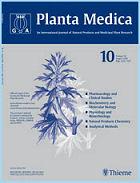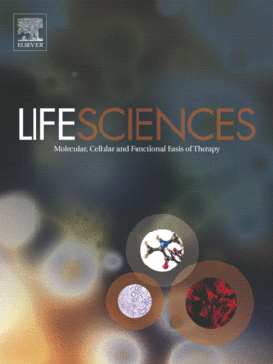
“A new study suggests that cannabis might be useful in treating cervical cancer.
Through in vitro, or test tube/petri dish, analysis, researchers from the biochemistry department at North-West University in Potchefstroom, South Africa found that the non-psychotropic cannabinoid, or chemical compound, CBD (cannabidiol), taken from a Cannabis sativa extract, could hold anticarcinogenic properties. They pointed out that cannabis acted on the cancerous cells through apoptosis, or a process of cell death, causing only the cancerous cells to kill themselves, and inhibiting their growth.
Cervical cancer is no longer a leading cause of death as much as it used to be in the United States, thanks in large part to the widespread use of pap smears, but it’s still a widespread threat. And in Sub-Saharan Africa, it kills 250,000 women every year. “This makes it the most lethal cancer amongst black women and calls for urgent therapeutic strategies,” the study’s authors wrote in the BMC Complementary and Alternative Medicine journal. “In this study we compare the anti-proliferative effects of crude extract of Cannabis sativa and its main compound cannabidiol on different cervical cancer cell lines.”
It will take much more research before cannabis can be integrated into official cervical cancer treatments in sub-Saharan Africa. But earlier studies also shows that cannabis has been useful in treating not only the symptoms of cancer and chemotherapy, but also the cancer itself.
One study from the journal of Current Clinical Pharmacology found that cannabis served as a preventative agent, reducing inflammation, which researchers also said was useful in reducing the likelihood of cancer. Another study from Oncology Hematology also noted cannabis’ anti-cancer effects, explaining how the plant’s cannabinoids inhibited tumor growth in vitro, such as in a petri dish or test tube, and in vivo, or a living organism.
A handful of other studies have also looked into cannabis as a treatment specifically for cervical cancer. Another from the University Hospital in Geneva, Switzerland, found that the cannabinoids, including the body’s own endocannabinoids, offered “attractive opportunities for the development of novel potent anticancer drugs.”
With that said, often medical marijuana is ingested via capsules, tinctures, vaporizable oils, and other non-smokeable, more pharmaceutical-style forms. Should cannabis eventually become approved for cervical cancer treatment in Africa, it may be up for debate whether whole plant therapy (in which all the cannabinoids work synergistically through the “entourage effect”) or specific cannabinoid therapy is best.”
http://motherboard.vice.com/read/a-new-study-suggests-cannabis-could-treat-cervical-cancer











